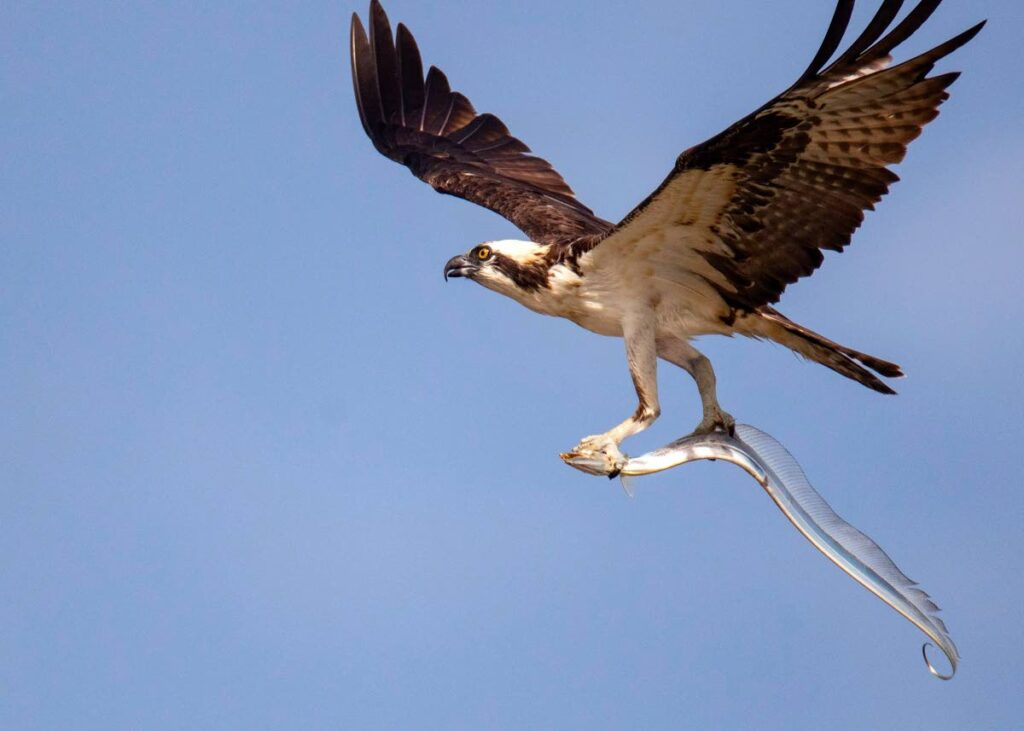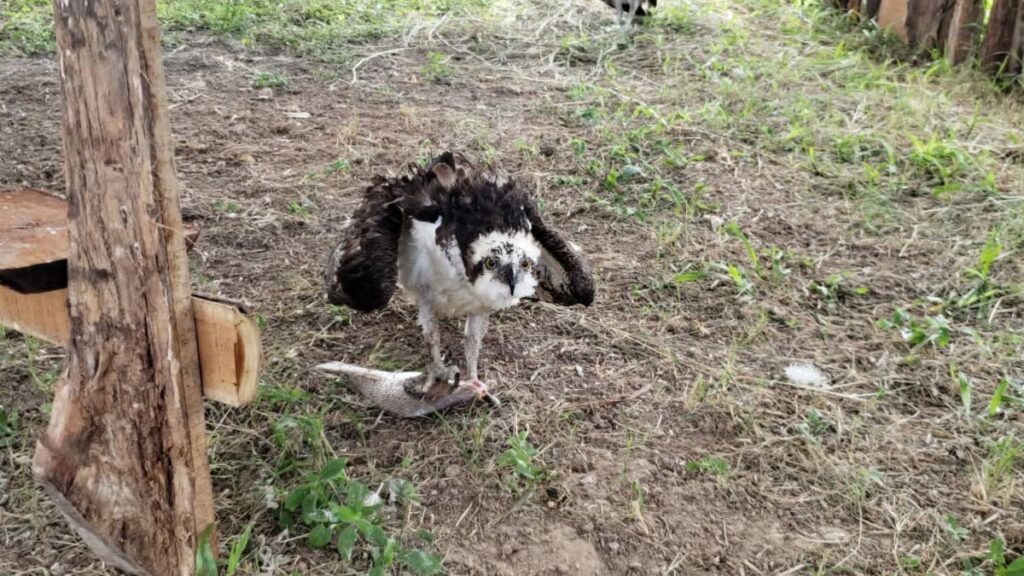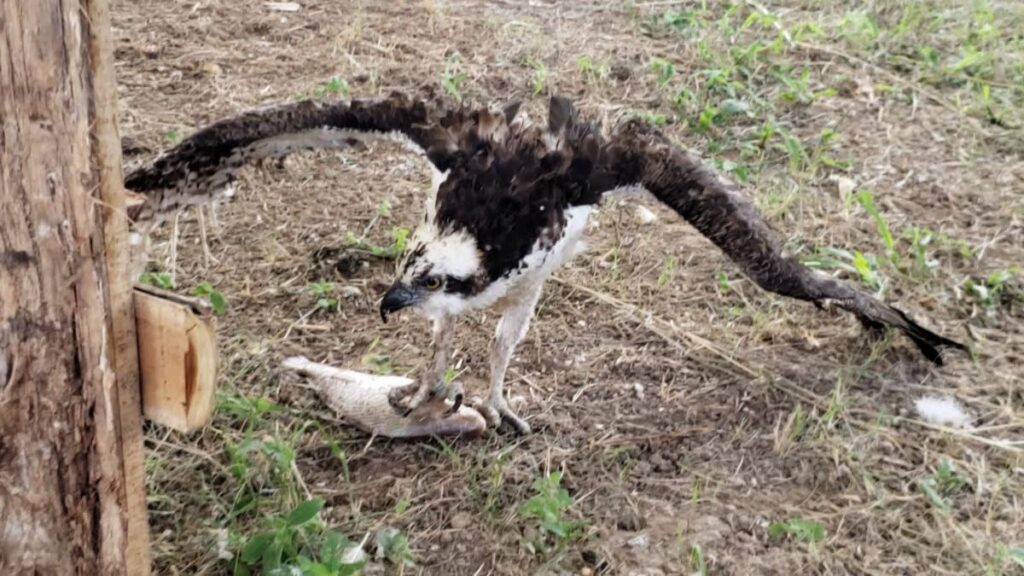Why ospreys fly to Trinidad and Tobago for winter

From October to April, the migratory osprey (Pandion haliaetus) is drawn to Trinidad and Tobago during winter for the country’s warmth and local seafood.
Conservationist Ricardo Meade told Newsday Kids, “Right now, we are nice and warm down here while North America is experiencing winter.
“So it’s very cold in many parts and they won’t be able to hunt as easily, so they come down here where it’s warm and they are able to get food.
“They migrate from all over North America. For example, some will stay in Florida then move through Central America to South America.
“Since we are so close to Venezuela, some will then fly over to Trinidad.”
While migratory birds are often known to migrate in flocks, Meade said ospreys migrate individually.

Despite spending several months in TT, ospreys return to North America to nest.
Conservationists and researchers in TT are able to track which parts of North America ospreys come from because they are tagged with metal ID bands on their legs by bird banding programmes in the US. These bands allow the birds’ movements to be tracked.
Nicknamed the “fish hawk,” ospreys have a special fishing technique which they use to catch a variety of local fish like cutlass fish, mullet and catfish.
Meade explained, “They fly over bodies of water and when they spot a fish in the water – from up to 60 feet in the air – they would plunge head first towards it.
“But just before they get to the water, they would change their orientation putting their legs forward and their talons to grab the fish in the water.”
If you’ve ever tried taking a fish of water, you may realise they are slippery and can easily slip out of your hands.
To prevent this from happening, the osprey’s talons – hooked claws at the end of the toes – are round which allows them to easily hook into their catch.
The bottom of their feet are also very rough like sandpaper to give them a good grip.
“They get a good grip on the fish, sink their talons further in and then they flap their powerful wings to fly out of the water with the fish held in their talons.

“When they get into the air, it’s very difficult for any bird to fly like that but the osprey has very large wings and special power which enables it to come out of the water with a fish.”
An osprey’s wingspan can reach five feet and the shape of its wings while flying is one of its most identifiable characteristics.
Ospreys help regulate fish population, so they serve a key role in maintaining a balanced ecosystem.
“The osprey would help remove old or infirm fish from the ecosystem, the same way a shark would help remove them. So, they help control the slower and less efficient fish.
“If the fish is very active, and strong, they escape easier. But if they are slower – or partially injured and sick – the osprey would help remove them.
“The fish that survives and breeds are much fitter than the ones that they catch.”
Meade is also the founder of the El Socorro Centre for Wildlife Conservation. Throughout the years, the centre has helped rescue many electrocuted ospreys.
Electrocution while on electrical wires is one of the main threats facing these birds.
In the past three months alone, the centre has rescued five electrocuted ospreys in Orange Valley, Couva. They are commonly found in this area due to its fishing activities.
“They like high perches to go on with their food, so they would go on electricity wires and many of them have been electrocuted over the years.
“We have two electrocuted birds in our care right now at the centre, the other ones have died.
“Over the years, we at the El Socorro centre have also gotten several ospreys that were shot. So people shoot and kill them, although they pose no risk or danger to us.”
Despite these threats, ospreys are classified as "least concern" by the International Union for Conservation of Nature which means they are not endangered.


Comments
"Why ospreys fly to Trinidad and Tobago for winter"